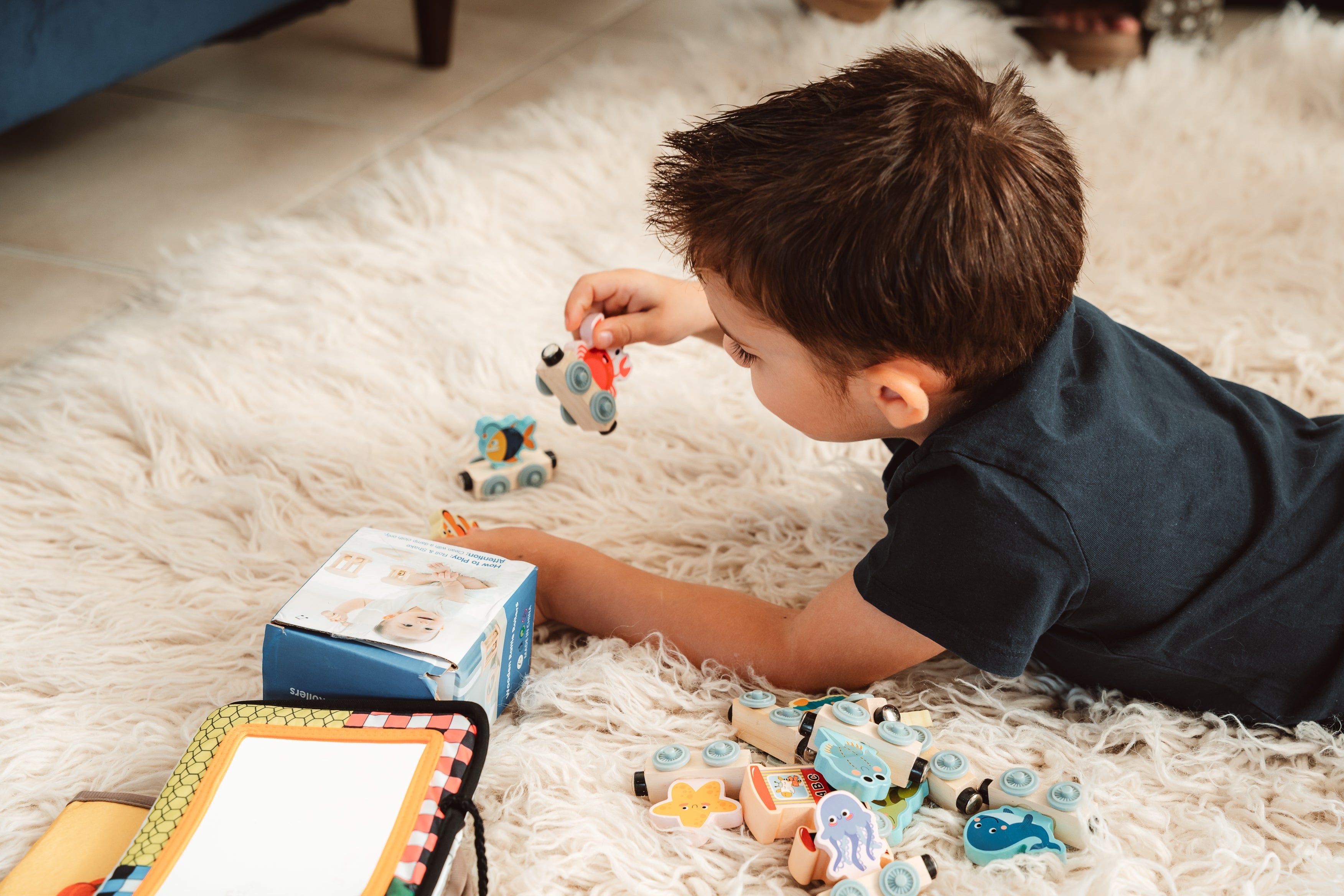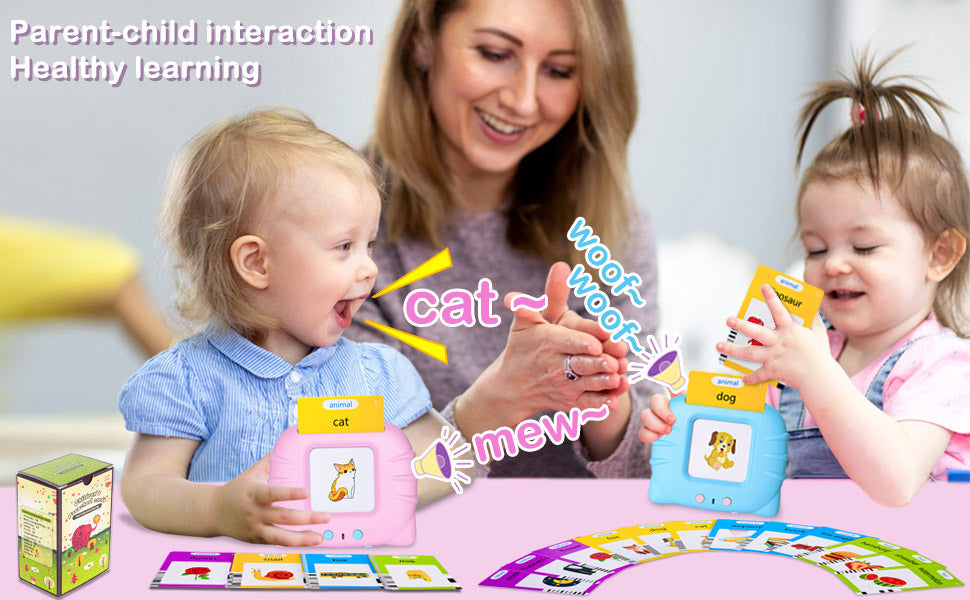When the kids are home from school, it may become a habit for them to grab their tablet and get lost in their screen.
As parents, sometimes it’s simply easier to switch on the TV to distract our children so we can get things done around the house.
But is unlimited screen time in our child’s best interest? No, it isn’t.
Excessive screen usage has been linked to childhood obesity, hindrance of the development of fine motor and social skills, eye strain, lack of attention span and listening skills, and behavior issues. Simply put, screens can be harmful to the well-being of our children.
How To Manage Screen Time Effectively
Limited screen time, when used appropriately, is not as likely to be harmful. It’s recommended to limit non-educational screen time to about one hour per day for children ages 2-5.
Educational content is more beneficial to your child and will allow them to have their desired screen time while they’re also learning. Help your child to learn boundaries with screen usage by setting limits. Starting a visual timer to signal when it’s time to shut off the screens can help to prepare your child for what to expect.
Creating “screen-free zones” in your home, like stating that tablets are not allowed at dinner table or in the bedroom can help to further limit screen use and encourage more intentional family time.
Alternative Options for Screen Time
If you want to avoid screentime altogether during school breaks, there are plenty of ways to keep your child occupied and engaged in learning.
Busy Bins- consider creating bins that contain hands-on activities for your child to choose from. Include sensory play materials, scissors, and paper, or play dough to practice cutting, string, and beads to work on fine motor skills, sorting colors using small manipulatives, or “drop bins” small, recycled containers that your child can drop coins, pom poms, or other small items into.
Invitations to Play- set out a new “invitation to play” each morning that will spark your child’s interest and promote learning. Open-ended activities are ideal because they keep your child engaged for a longer period of time. Our Wooden Montessori toys are perfect for holding your little one’s attention and can be used in a variety of ways.
Activities Around the Home- encourage your child to go on a letter, shape, color, or number “hunt” around your home. You could encourage your child to search for items that are a certain color, or you could place sticky notes around the house with a letter drawn on each one. Ask your child to take the sticky note and place it on the wall under a corresponding letter. Another idea is to provide an empty basket and ask your child to search the home for items that begin with a specific letter sound.
Spend Time in Nature- If the weather permits, take your child outside for a nature walk. You could also provide your child with simple activities to do outdoors. Hang a large piece of paper or posterboard from your fence that your child can paint on. Or go on a “bug hunt” and see how many different types of bugs you can find.
It can be easy to fall into the trap of allowing extra screen time during school breaks to keep your child occupied, but there are plenty of other ways you can refocus your child’s attention on a more meaningful activity.
From sensory play to art activities to time spent outdoors, there is so much for your little one tolearn and explore.
Try to turn off the screens and turn on your child’s imagination. Their childhood is waiting.










